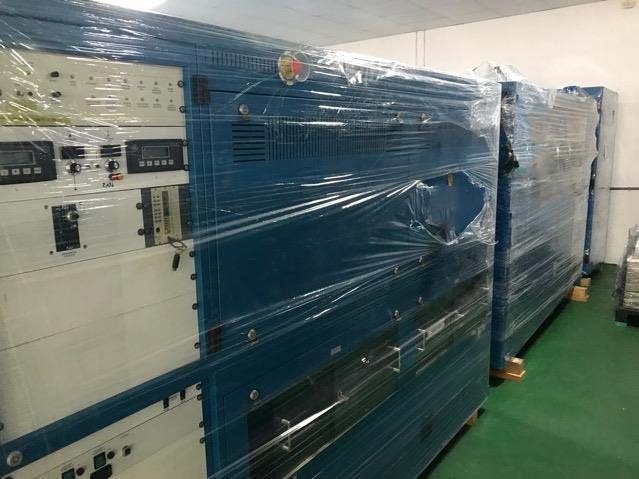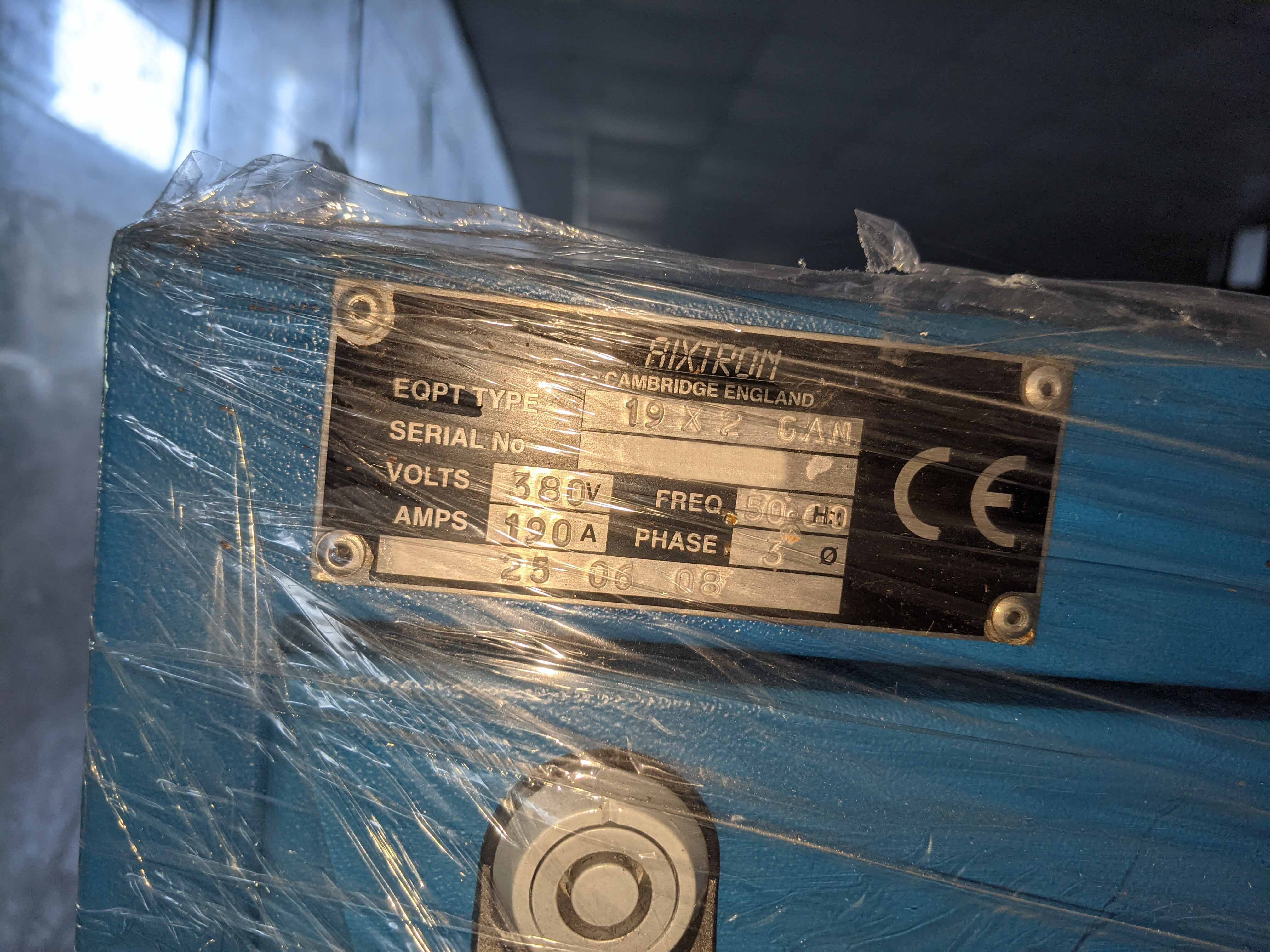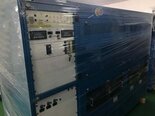Used THOMAS SWAN 19x2 GAN #293587480 for sale
URL successfully copied!
Tap to zoom












THOMAS SWAN 19x2 GAN is a graphite-moderated, uranium-fueled heavy water reactor built in the late 1950s. The reactor design is attributed to the American physicist THOMAS SWAN and is credited for the successful development of the early pressurized-water reactor. 19x2 GAN is an aluminum-clad subcritical reactor providing a neutronic control equipment. It has a 19x2 array of reflector elements, each made up of nuclear graphite, which make up the reactor core and are used to slow down the neutrons and create a self-sustaining chain reaction. The core is housed in a thick steel vessel that is filled with a heavy water coolant. The fuel used in THOMAS SWAN 19x2 GAN is enriched uranium rods. The enrichment is low enough for the reactor to operate as a subcritical reactor, avoiding the risk of a nuclear meltdown. 19x2 GAN is designed to operate at a thermal power output of 40 megawatts, and is capable of achieving a higher power-rating under special operating conditions. THOMAS SWAN 19x2 GAN utilizes a control system containing numerous fuel rods with absorber rods containing boron. This unit of control rods is used for controlling the operation of the reactor in terms of thermal power, as well as other parameters like reactor pressure, reactivity and power shape. Safety systems used in 19x2 GAN include a machine of safety rods that can be inserted into the core to rapidly stop the nuclear chain reaction. The reactor is also equipped with numerous pressure, flow and temperature sensors and control systems which constantly monitor and adjust the operation of the reactor. THOMAS SWAN 19x2 GAN is a reliable and safe reactor design, capable of and efficient producing high-energy neutrons, which can be used to power and drive applications such as medical isotope production, material testing, plutonium production and energy production. This reactor type is a reliable and consistent source of power to enable researchers and engineers to continue their scientific investigations and development.
There are no reviews yet





